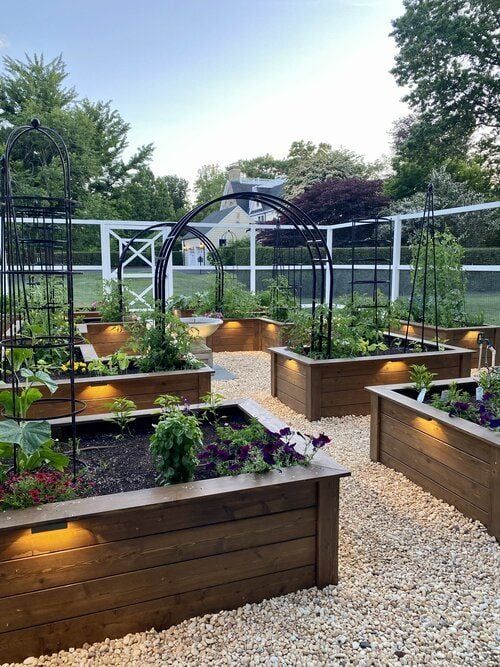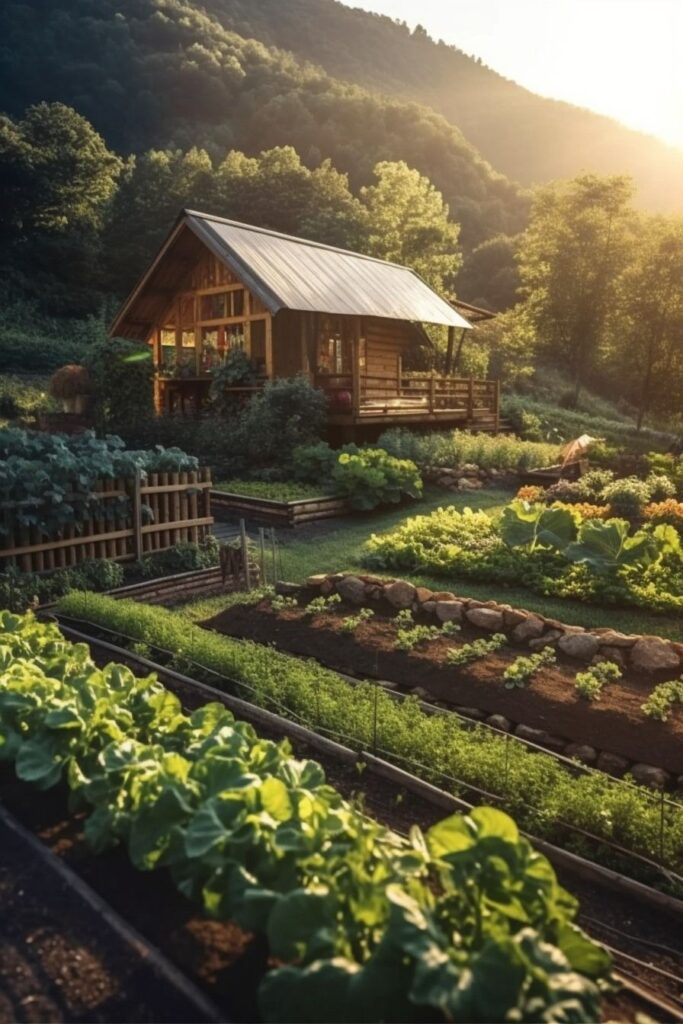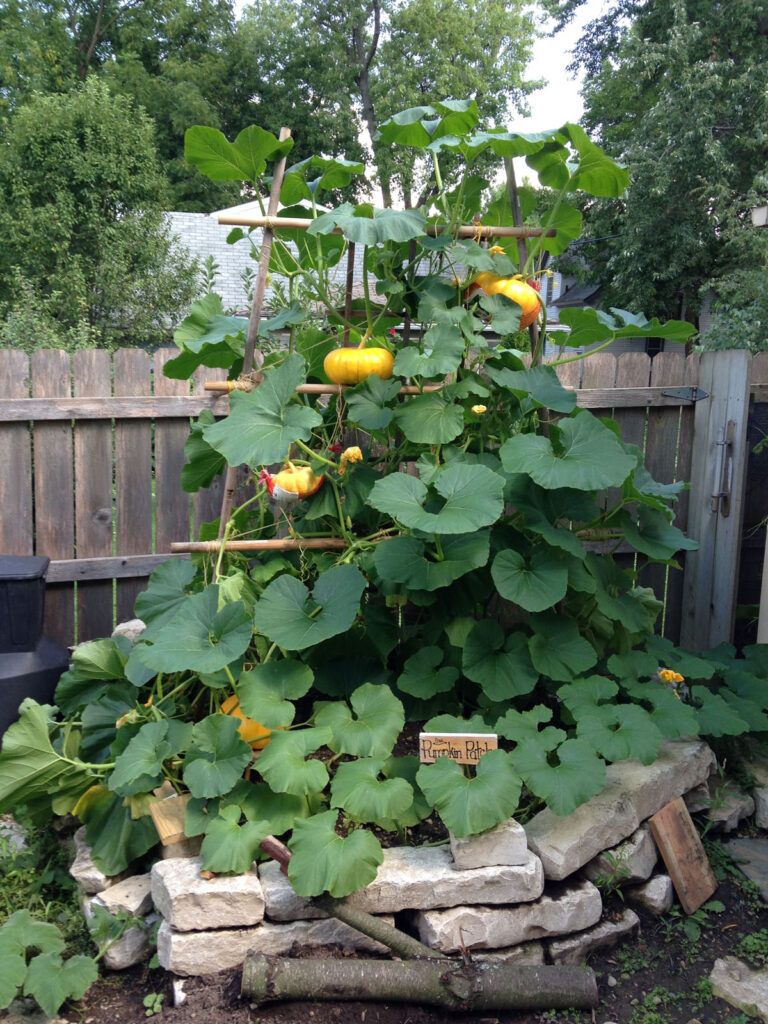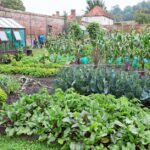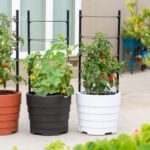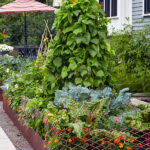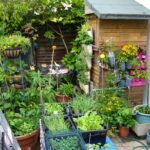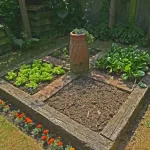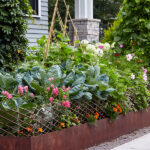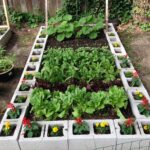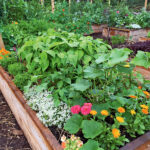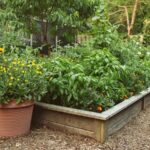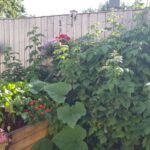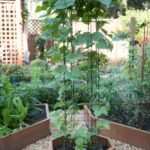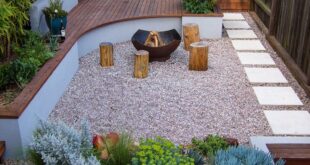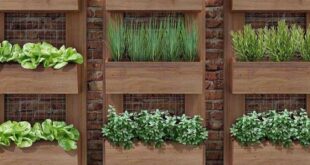Small gardens can provide a wonderful opportunity for growing your own vegetables. With careful planning and organization, even a small patch of land or a few containers can yield a bountiful harvest of fresh, nutritious produce. Whether you have a balcony, patio, or just a small corner in your yard, you can create a thriving vegetable garden that will provide you with delicious, homegrown veggies all season long.
When planning a small garden vegetable plot, it’s important to consider the space available and the amount of sunlight your garden receives. Most vegetables require at least 6 to 8 hours of sunlight per day to thrive, so choose a spot that gets plenty of sun. If you have limited space, consider growing vegetables that can be trained to grow upwards, such as tomatoes, cucumbers, and pole beans. These plants take up less space horizontally and can be grown on trellises or stakes to maximize vertical space.
When selecting vegetables to grow in your small garden, choose varieties that are well-suited to your climate and growing conditions. Some vegetables, such as lettuce, radishes, and spinach, are cool-season crops that can be grown early in the spring or later in the fall when temperatures are cooler. Others, like tomatoes, peppers, and eggplants, are warm-season crops that require warmer temperatures to grow and produce fruit. By choosing the right varieties for your area, you can increase your chances of a successful harvest.
In a small garden, it’s important to make the most of your space by planting vegetables close together. This not only maximizes your yield but also helps to shade the soil, reducing evaporation and the need for frequent watering. However, be careful not to overcrowd your plants, as this can lead to competition for nutrients and sunlight, resulting in stunted growth and lower yields. Follow spacing recommendations on seed packets or plant tags to ensure your vegetables have enough room to grow.
To make the most of your small garden vegetable plot, consider companion planting. This gardening technique involves planting different types of plants together to maximize space, deter pests, and improve soil health. For example, planting marigolds alongside tomatoes can help repel pests, while growing beans near corn can provide natural support for the taller plants. By pairing compatible plants together, you can create a diverse and flourishing garden that benefits all of your vegetables.
Finally, don’t forget to regularly water, fertilize, and maintain your small garden vegetable plot. Watering is especially important in a small garden, as plants in containers or raised beds can dry out quickly. Check the soil moisture regularly and water as needed to keep your plants healthy and productive. Additionally, feed your vegetables with a balanced fertilizer to provide essential nutrients for growth and fruit production. With proper care and attention, your small garden can yield a bounty of fresh, delicious vegetables for you and your family to enjoy all season long.
 yishifashion Where Outdoor Dreams Become Reality
yishifashion Where Outdoor Dreams Become Reality
